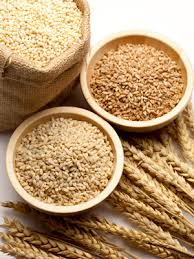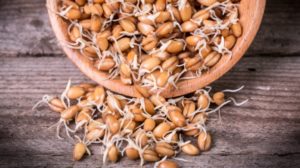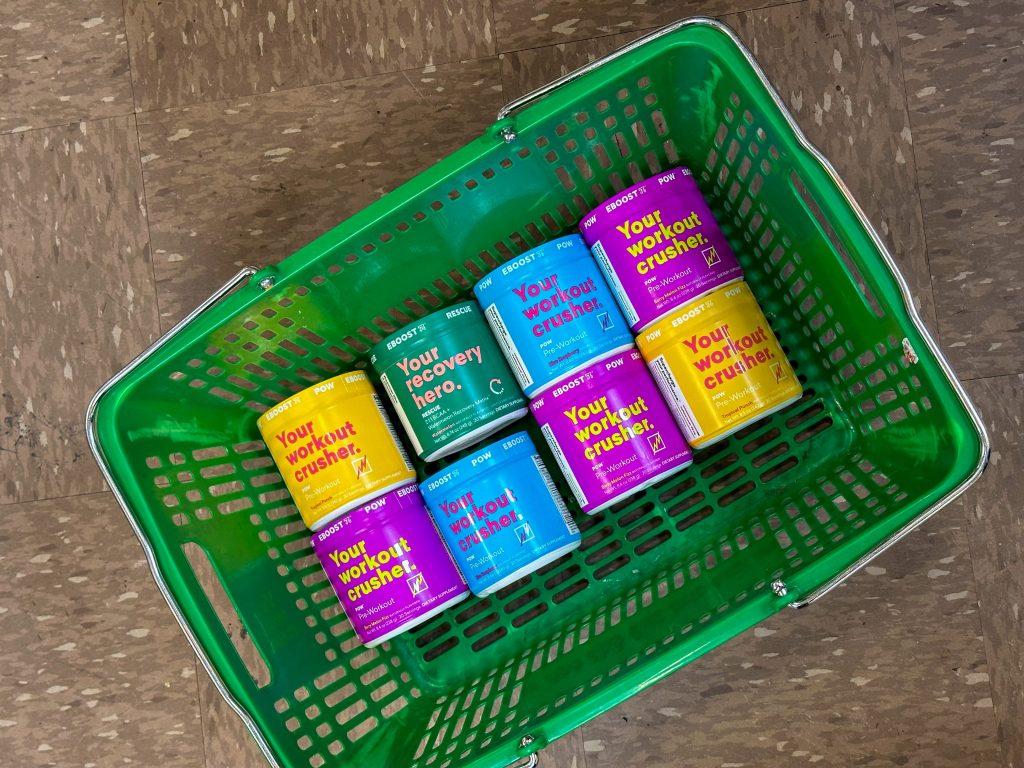Grocery Shopping can be a bit intimidating these days, as there is an overabundance of options – not just with what to buy but where to shop. If you have many different types of grocery stores available at your disposal, then do your research. Find out the morals of each store. If you find a store that aligns well with your outlook on quality, that will at least take one layer away from the difficulty in shopping your way through products. Something I find a bit changing for a lot of people is when it comes to buying breads, pastas, flours, etc – as it is a staple the majority of American’s diets.
Diving a bit deeper into the topic, let’s discuss the nitty gritty about the differences between ‘regular’ grains and ‘whole’ grains. Plan and simple – regular grains are just regular. We want to supply our bodies with optimal nutrition and not just the regular joe schmo stuff.
The key word to focus on when buying products containing grains is to hone in on the world ‘whole’. All grains start out as whole, but a lot of them don’t make it into products as whole grains. It is important to get grains in their most natural state as possible. Being whole means, it is unrefined and healthy components like endosperm, vitamin b and trace metals are still intact.
So next time you see a product you like – give it a once over. See if the word ‘whole’ is listed on the front of the package. If not, put it down. If it does, then flip the product over and check out the ingredients list. You want to make sure the word ‘whole’ is written in front of the grain(s) on the ingredient list as well. If ‘whole’ isn’t listed in the ingredients as well, then marketers of the product are trying to trick you.
Watch out for products that just say ‘multigrain’. The FDA doesn’t have any standards or definitions for labels in regards to multigrain. The word ‘multigrain’ can be added to any package as long as one other type of grain is listed in the ingredients.
Ideally, I look for ‘sprouted whole grains’ on the products I purchase. Sprouting takes the whole grain to the next level. Sprouting a grain is a way to release all the vital nutrients stored in the whole grains, making them more accessible to your body when consuming. Not only does it retain more nutrients but it also provides more protein, less fat, less gluten and easier to digest. Food for Life has a great list of breads made up of sprouted grains to use as a reference next time you are shopping.
When in doubt stick to ‘whole’ grains. You will be feeding your body a lot of great nutrients it needs to get you through any type of day life throws at you!







